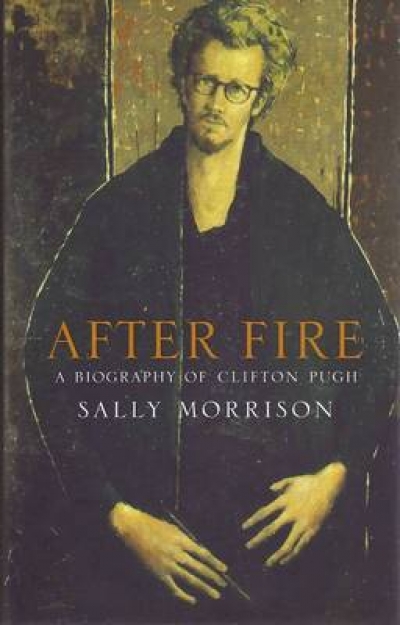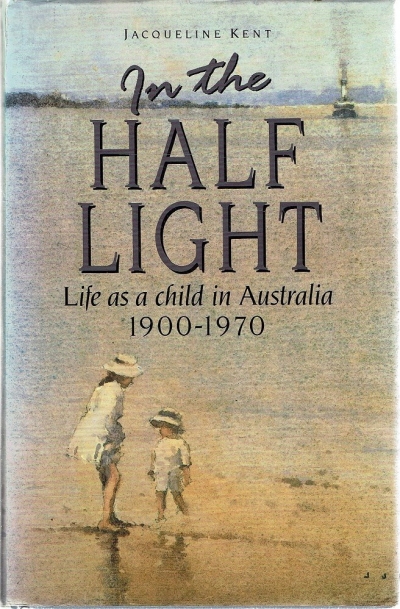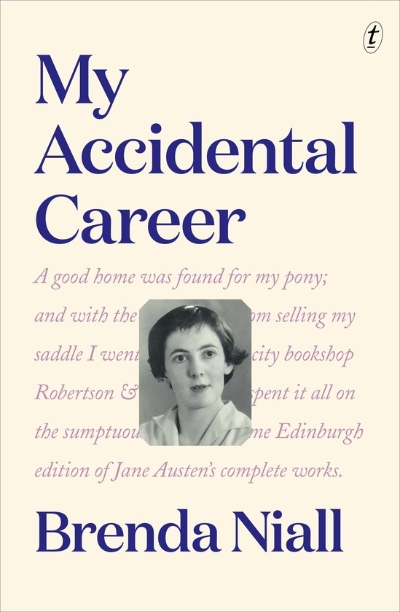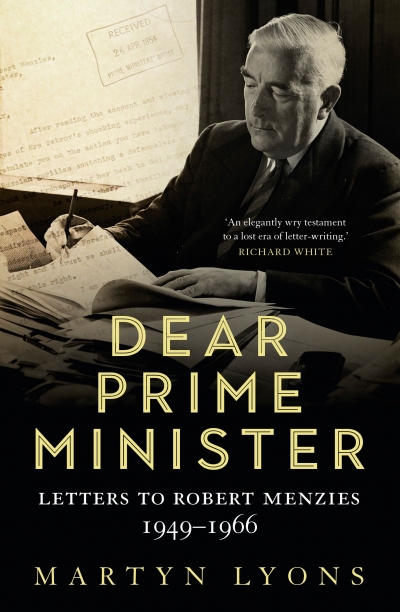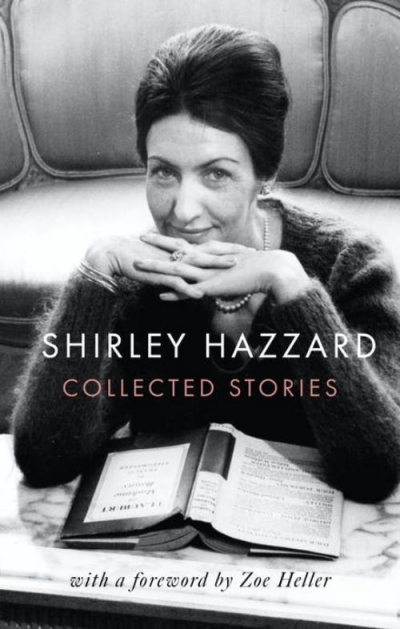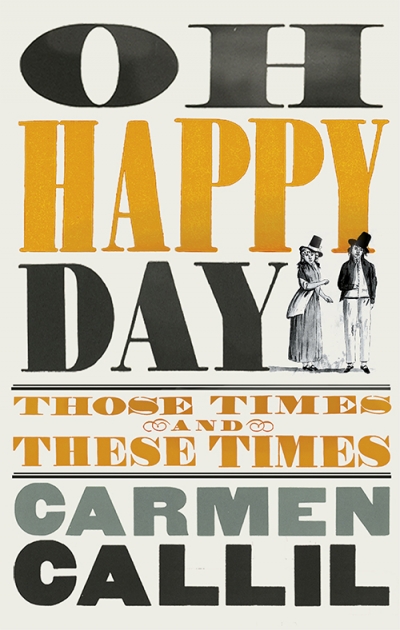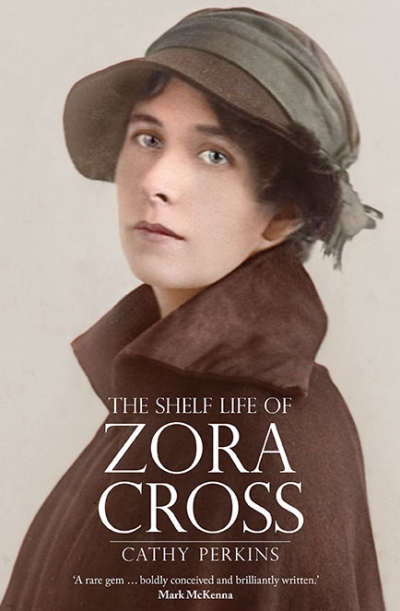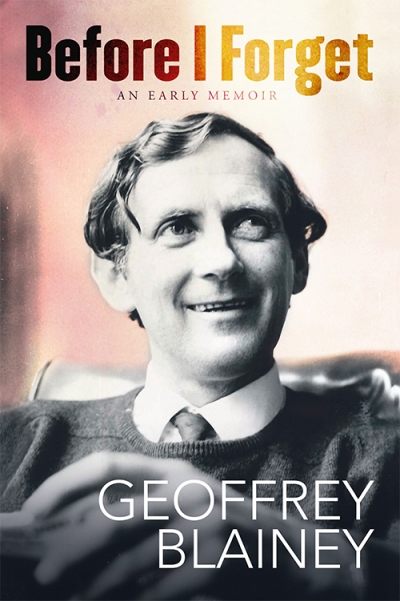Brenda Niall
A Maker of Books: Alec Bolton and his Brindabella Press by Michael Richards
by Brenda Niall •
In the Half-Light: Life as a child in Australia 1900-1970 edited by Jacqueline Kent
by Brenda Niall •
Dear Prime Minister: Letters to Robert Menzies, 1949–1966 by Martyn Lyons
by Brenda Niall •
The Collected Stories of Shirley Hazzard by Shirley Hazzard
by Brenda Niall •
Friends and Rivals: Four great Australian writers by Brenda Niall
by Kerryn Goldsworthy •


